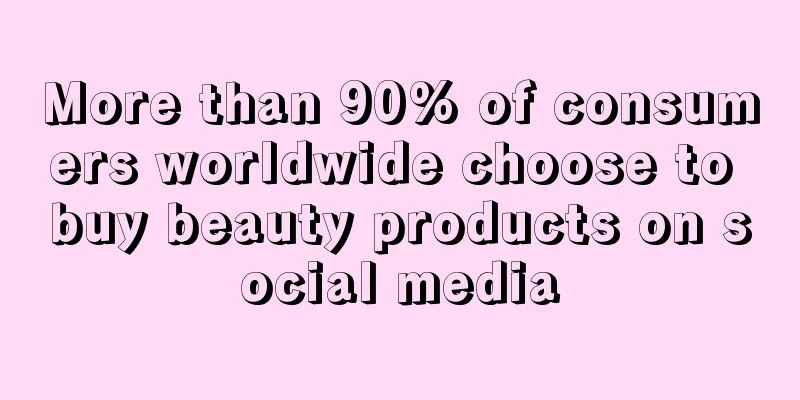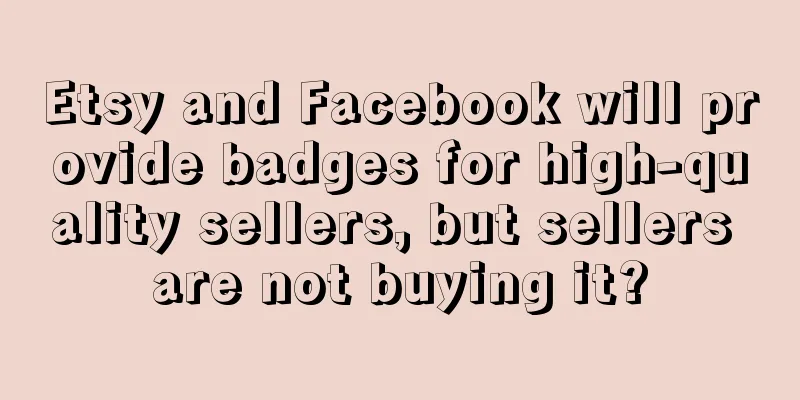More than 90% of consumers worldwide choose to buy beauty products on social media

|
Recently, Bazaarvoice, a user review and social commerce platform provider, revealed the continued influence of social media . Its survey data showed that the vast majority of consumers around the world (91%) now prefer to purchase beauty products through social platforms, and only 44% choose to browse and purchase cosmetics in stores.
As can be seen from this data, 96% of the world 's Internet users use social media, so e-commerce will also usher in a good development on this platform . The development and positioning of social media is a basic daily activity for most people , which means that it has a unique way to provide favorable services to businesses.
The rise of social commerce marks a real shift from B2C to C2C (business to consumer to consumer to consumer ), as user-generated content on social media platforms has had a huge impact on consumers.
Whether it is various bloggers or ordinary consumers, the content they share has provided some references to other consumers to a certain extent, and has brought credibility and authenticity to their shopping experience, which is something that brand content cannot imitate. Consumers become spokespersons for beauty brands and products by sharing their shopping or usage experiences . These unofficial ambassadors should be an aspect that brand marketers need to pay attention to in the future.
With the emergence of increasingly advanced shopping features on sites like Instagram, Facebook, TikTok and Pinterest, brands have begun to take advantage of this business opportunity, and beauty products are even easier to showcase to consumers through social networks!
Beauty products are an area worth watching on social commerce platforms , but consumers are also increasingly turning to social media for apparel and home goods shopping .
The data shows that the majority of consumers ( 81%) now choose to buy clothes on social media, compared to just 57% who buy them in-store, while the rising demand for home decor trends means that 60% of people also like to buy homewares on social platforms, compared to just 40% who buy them in-store.
In contrast, purchases of basic necessities such as food and beverages still primarily occur in-store ( 58%) versus social media (47%). However, shopping for electronics is more sophisticated, with 42% of consumers purchasing electronics through social platforms, compared to 39% who purchase them in-store. Social Media Beauty Products consumer |
>>: Pet food market survey report: purchasing demand varies greatly with pet type
Recommend
The “star product” sold 2.81 million units annually, and was a big hit both domestically and internationally.
As a benchmark company in the smart home industry...
What is Qiwi? Qiwi Review, Features
Qiwi is one of the payment service providers in R...
What is Ulike Logistics Management Company? Ulike Logistics Management Company Review, Features
Ulike Logistics Management Company is a profession...
Last year's revenue increased by 800%! DTC brand Vegamour received $80 million in financing
Recently, DTC natural hair care brand Vegamour an...
Beware! More than 30 sellers were defrauded of goods, and the amount involved in one area of the UK exceeded 1.53 million
According to foreign media reports, there have be...
Amazon requires FBA sellers to provide carrier tracking information
To help sellers get products into warehouses and ...
Sales surged 40%! Korean high-priced kitchen supplies are now in high demand
Due to the impact of the epidemic , most Korean p...
Starting earlier, US holiday e-commerce transaction volume will surpass 2020
According to data from international financial in...
What is Prove Identity? Prove Identity Review, Features
Trusted by over 1,000 leading companies to reduce ...
Overseas products are priced 40 times higher, and the method of selecting popular products is revealed...
Recently, a certain product in the cross-border e...
What is ScanPower? ScanPower Review, Features
<span data-docs-delta="[[20,{"gallery"...
Amazon Global Logistics launches preferential measures to help sellers prepare for the second half of the year sales peak season
July 19 , Shanghai - Recently, Amazon Global Logi...
Active buyers reach 81.9 million, good news for Etsy in the US
2020 can be said to be a historical turning point...
Determining account association, a million-dollar seller was banned
Sellers’ accounts are often blocked. Suspected in...









